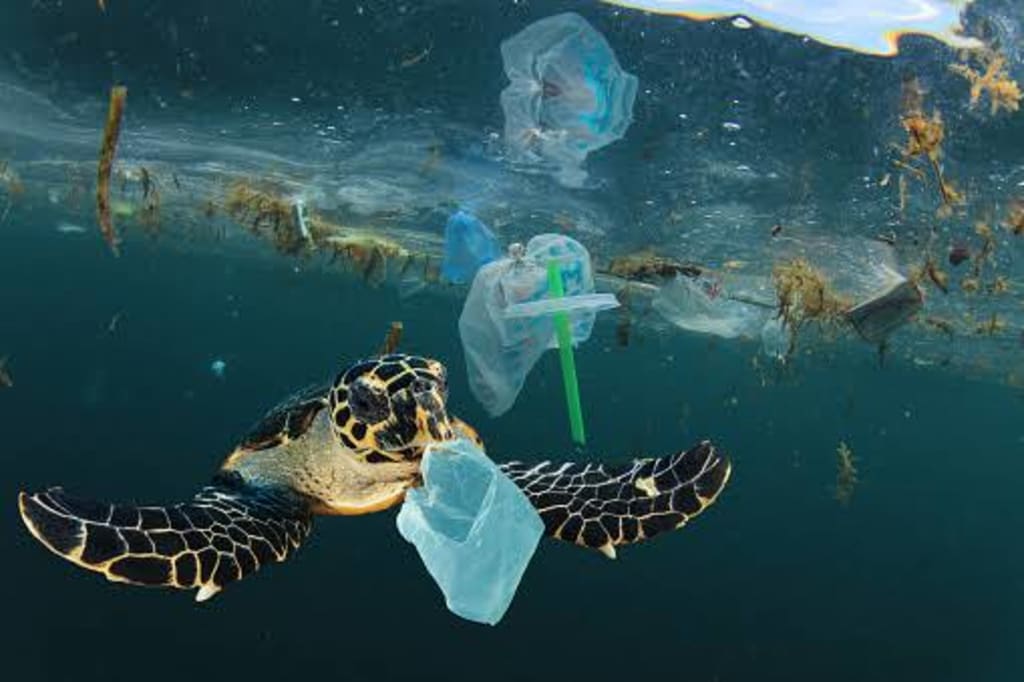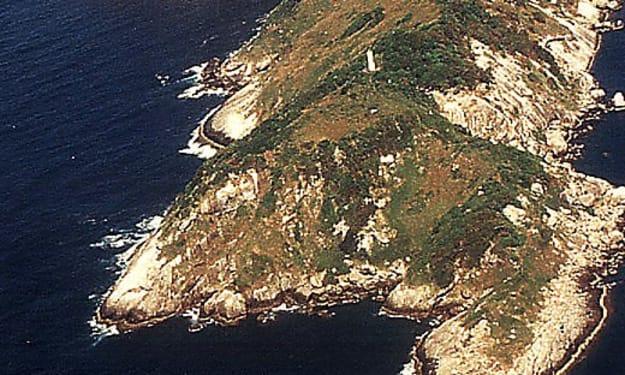Plastic Waste and the World’s Seas
Plastic Waste and the World’s Seas

Fifty years ago( Feb 10, 1973), Science News published a short composition, “ Setting passage into a plastic ocean. ” The story noted that scientists on a naval passage in the North Pacific “ recorded 53 manmade objects in8.2 hours of viewing ” indeed though “ they were 600 long hauls from Hawaii and far off major shipping lanes. In 1997, twenty- four times latterly, the Pacific scrap patch was “ rediscovered ” by Charles Moore who was returning from a trans-Pacific yacht race. He set up himself in the ocean girdled by plastic bobbing in the swells as far as he could see.
numerous people have heard of the North Pacific scrap patch( the “ Great Pacific Garbage Patch ”). This “ patch ” consists generally of two areas on either side of the northern Pacific Ocean where ocean currents concentrate marine debris into Texas-sized areas in the ocean. The term “ scrap patch ” evokes an image of a pile of debris floating on the ocean face, creating an islet of plastic. While large objects are floating in these scrap patches( discarded fishing gear comprises further than 50 of the debris by weight),
a significant portion of ocean plastic debris consists of microplastics patches lower than a quarter inch in size) that are distributed throughout the ocean( and in brackish lakes). In the “ scrap patches, ” the microplastics produce a haze of bitsy patches that extend through the water column. Microplastics may come from the bitsy plastic globules added to cosmetics and facial cleansers but are also deduced from larger plastic objects when broken down into lower pieces by the sun and swells. In addition, plastic microfibers are released from apparel and fishing nets. The ocean bottom under the “ scrap patch ” may also have an aquatic trash mound when marine debris sinks to the seabed.
There's wide concern over the implicit impact of microplastics on ecosystems and beast( including mortal) health. still, factual data on the health goods of microplastics are scarce. A recent paper by scientists at the Virginia Institute of Marine Science documents the varying impact of different microplastics on the health of rainbow trout infected with the contagious Hematopoietic Necrosis Contagion( IHNV). IHNV is a serious problem in salmon and trout monoculture but also infects wild salmonids. The contagion was first reported in fish hatcheries in Oregon and Washington in the 1950s but has now spread worldwide.
The design tested three different types of microplastics on the mortality of rainbow trout infected with IHNV. Fish were exposed to plastic breakdown products from polystyrene plastics(e.g., floats, buoys, food holders), nylon filaments( from fishing gear and apparel), and natural fractions of the common saltmarsh cordgrass( Spartina alterniflora). IHNV was also added to half the tanks. Fish mortality from the contagion alone was around 20. In the presence of the contagion and natural patches, mortality was about 30; with the contagion and polystyrene patches, mortality was roughly 45; but mortality from the contagion in the presence of nylon filaments was around 80.
The exploration platoon suspected that exposure to microparticles increases contagion complaint inflexibility because the microparticles might damage the delicate gill napkins, accordingly furnishing more accessible routes of infection for the contagion. The nylon filaments had the most severe impact. This may have been due to the larger size of the filaments or to the advanced hardness of nylon compared to the cordgrass and polystyrene patches. The platoon also wondered about the impact of microplastics, ubiquitous in ménage dust, on the progression of airborne conditions similar to Covid- 19 in humans. The dimension of mortal microplastic exposure is still in the veritably early stages of development.
The increase in worldwide plastic manufacture and use from many million tons in 1950 to 460 million tons in 2019 has led to the high situations of plastic pollution observed moment, not just in submarine ecosystems but also on land and in the homes and services where people spend utmost of their time. Only 9 of global plastic waste is reclaimed. Plastic waste entering the terrain doubled in the 21st century to 353 million tons. Addressing plastic waste effectively is a significant challenge. The OECD reports that 1.7 million tonnes of plastic waste enter the world’s abysses and seas annually, adding to the estimated 30 million tonnes formerly present in the marine terrain( and the estimated 109 million tonnes presently present in brackish lakes and gutters). Removing plastic waste isn't now a practical or effective option.
The OECD has linked four regulators to reduce and manage the plastic waste avalanche – videlicet, developing effective requests for recycled plastics, adding technological inventions to apply a dependable, indirect plastic frugality, installing public domestic programs to address plastic product and waste forestallment, and bettered transnational cooperation including increased transnational backing.
When Mr. Maguire took Dustin Hoffman’s character away in the 1967 movie The Graduate to pass on just one word – “ Plastics, ” he concentrated on the profitable openings for a youthful graduate in the evolving plastics assiduity. moment, sorely, diving and working the ecological and health challenges of the plastics revolution will be a heritage left for numerous generations of new graduates
About the Creator
Enjoyed the story? Support the Creator.
Subscribe for free to receive all their stories in your feed. You could also pledge your support or give them a one-off tip, letting them know you appreciate their work.





Comments
There are no comments for this story
Be the first to respond and start the conversation.